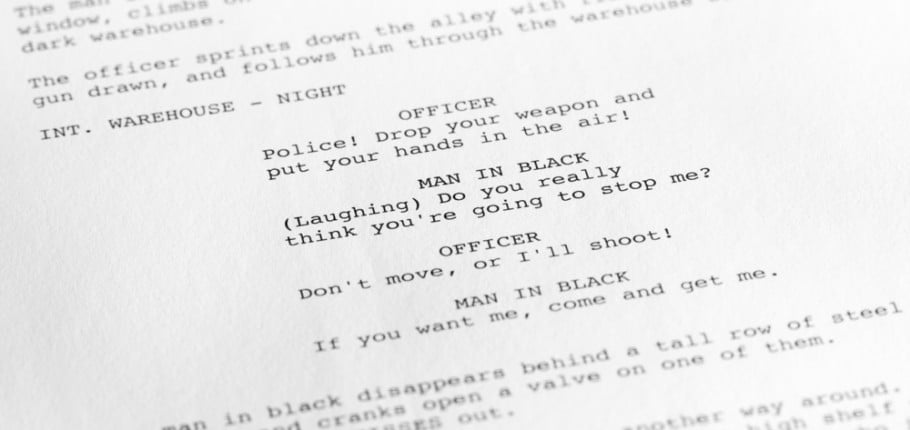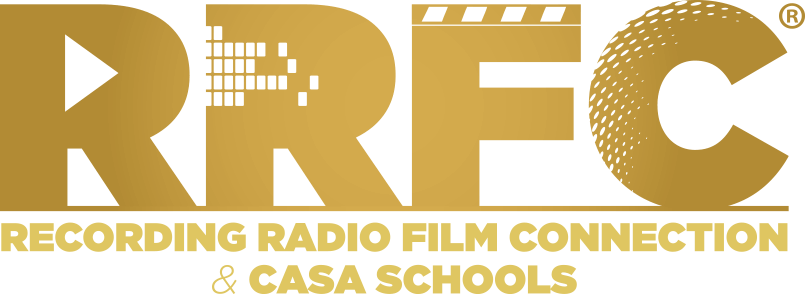
How to Have a Successful Table Read
What’s a “table read”? It’s exactly what it sounds like. A table read is when you gather a bunch of actors and get them to sit down and read the script from beginning to end. This enables you as the writer to see what’s working, what isn’t when it comes to getting the words on the page to craft a compelling story. Do things flow here but not there? Does the dialogue give a sense of character when spoken by the actor? Do the characters feel authentic and interesting? The table read can help you to better assess how you might want to fix or restructure things.
A table read can happen with the actual cast or prior to any casting, when the script is still in development. In the latter of the two instances, actors simply bring their expertise, i.e. their ability to act out or portray your story. Many serious actors jump at the opportunity to participate in a well-stocked read, that is, one where lots of fellow actors are reading. Directors, potential producers and other filmmaking professionals may attend if the the screenwriter finds this advantageous to promoting their work. Sometimes it’s best to workshop a screenplay behind closed doors.
Audience or No Audience
The first thing you want to decide is are you going to do a table read? Are you going to do one for just you and the cast or is do you want to do one with an audience? There’s pros and cons to either. Having an audience leaves you open to receiving feedback and criticism so consider whether that’s something you and the project are ready to receive. Or, are you still in early stages of the writing? With an audience present you can feel how hard the jokes are landing or if a line is a nothing more than a weed, waiting to be plucked. If you’re doing it with the official cast then it can be more of an intimate, collaborative effort, one where you’re just working out the kinks and building the characters.
Encourage the Actors to Make It Theirs
The main thing you should be doing is fostering an environment that encourages actors to take ownership of it, surprise you by making it their own. You want to welcome multiple readings of a line, so that they can play with it as much as they like. You want them to be as invested in the project as you are. You want them to leave the reading feeling like they ARE the characters they’ve been reading.
Cast Well
This is the most basic one rule and one that deserves repeating: casting is 90% of making the film. If you don’t have actors that can do it, you don’t have a film. So make sure that your actors understand who they’re playing and what they’re supposed to be bringing to the table.
Rehearse
Even for a table read, which is basically just a rehearsal, you should rehearse. Help the actors get in the right head space. Help them prepare. Give them homework, if that’s something you think should be part of the process. Help them build up the character through trial and error.
Build Communication Pathways
You want to build connections between yourself and the actors and to promote a sense of community. You steer the ship by making sure every member of the cast has your full support. When critique is necessary, be direct and free of negativity. Build trust and make the process fun.
Enable Play
As the filmmaker, you’re responsible for the tone and the environment. You’re the person who makes sure that the space is safe. It’s on your shoulders to build the playground. It’s up to you to make sure your cast understands the area that they’re playing in. You’re the person in control. You set the tone so make it a productive one.
Tips for Writing Great Dialogue
Writing Interesting Antagonists
5 Totally Played Out Scenes We Never Want to See Again



